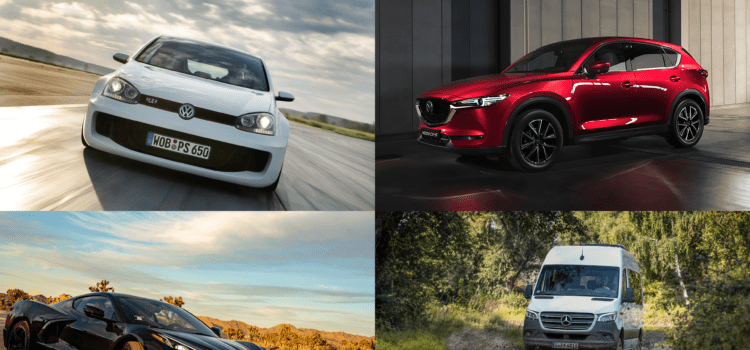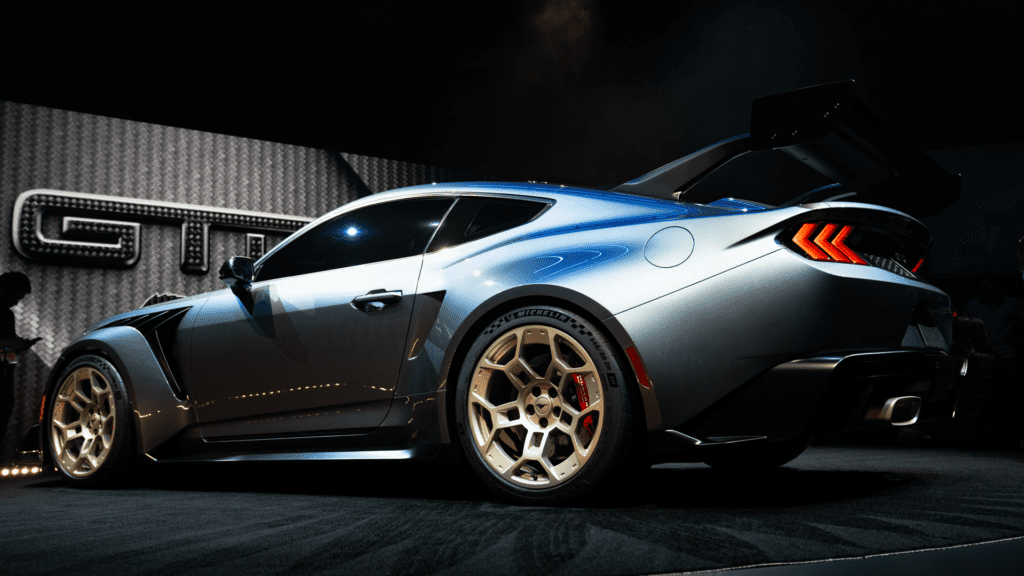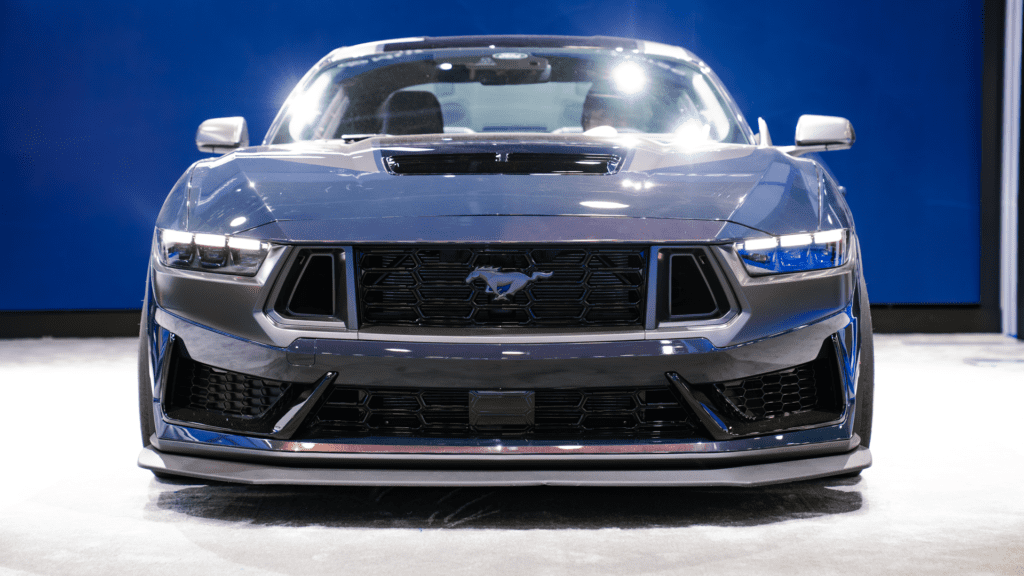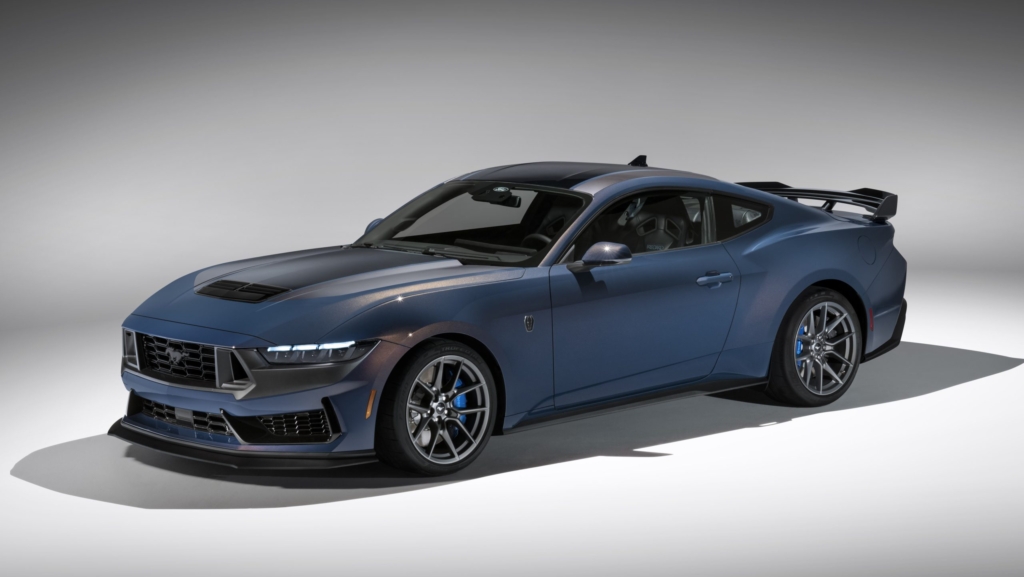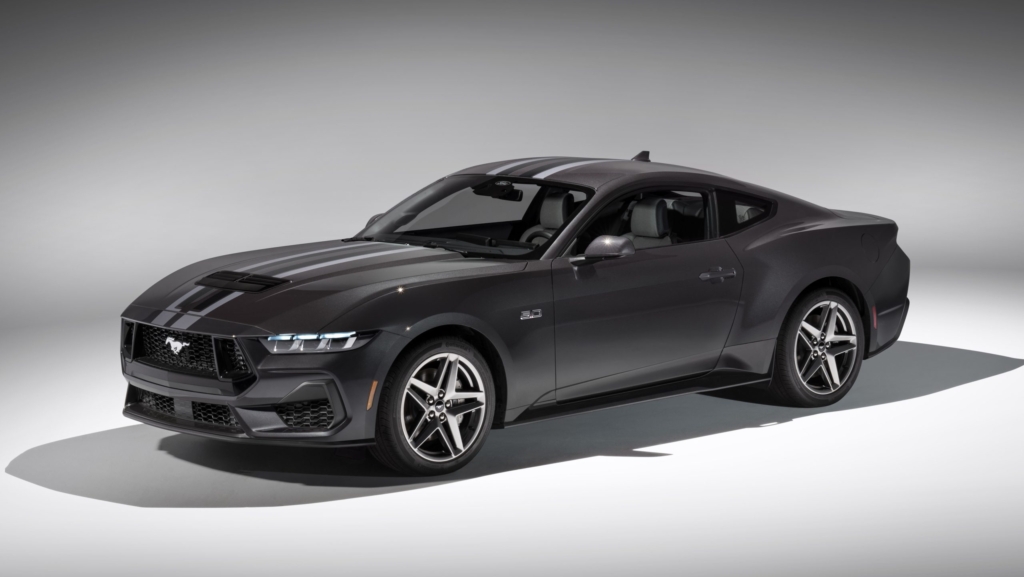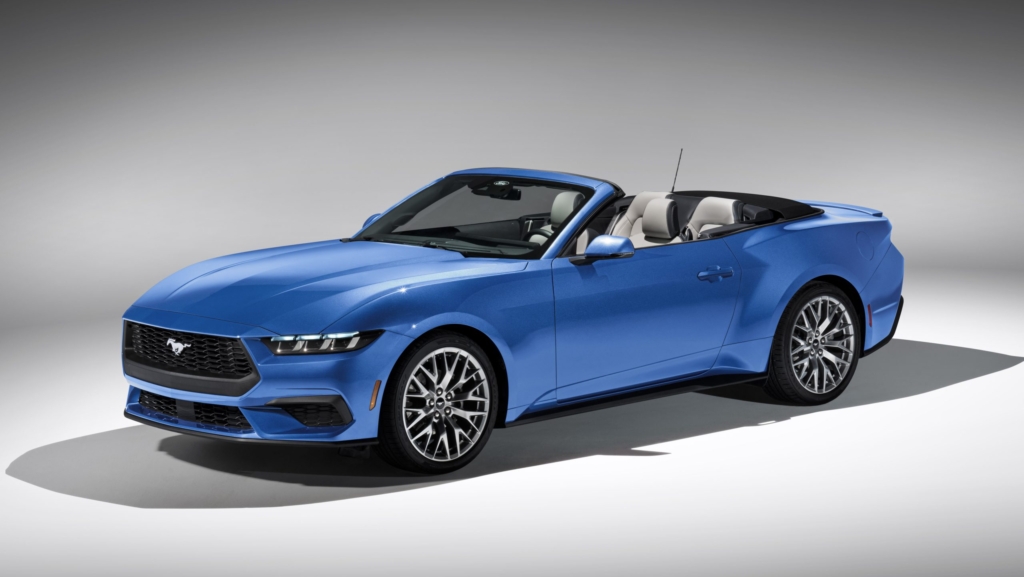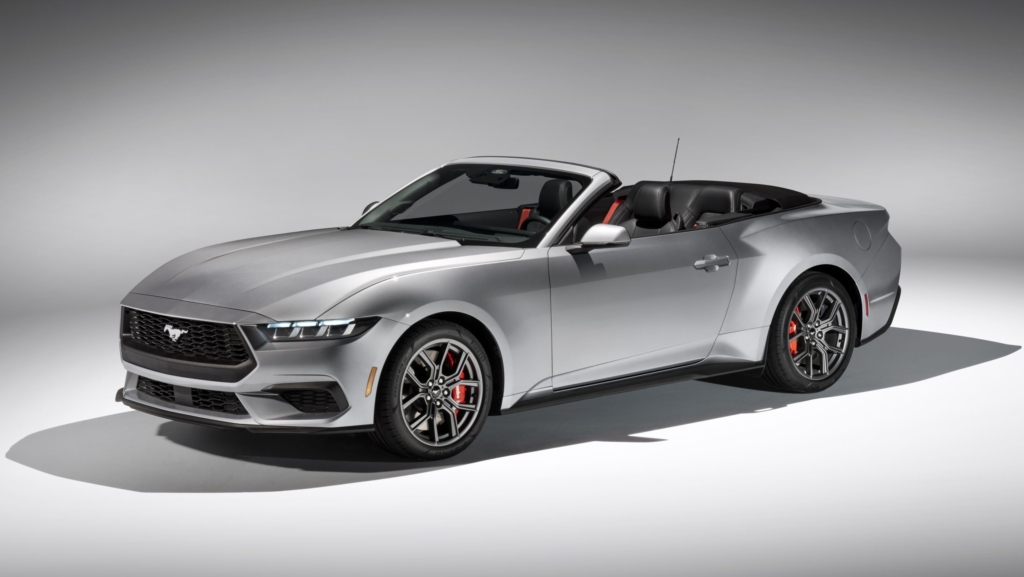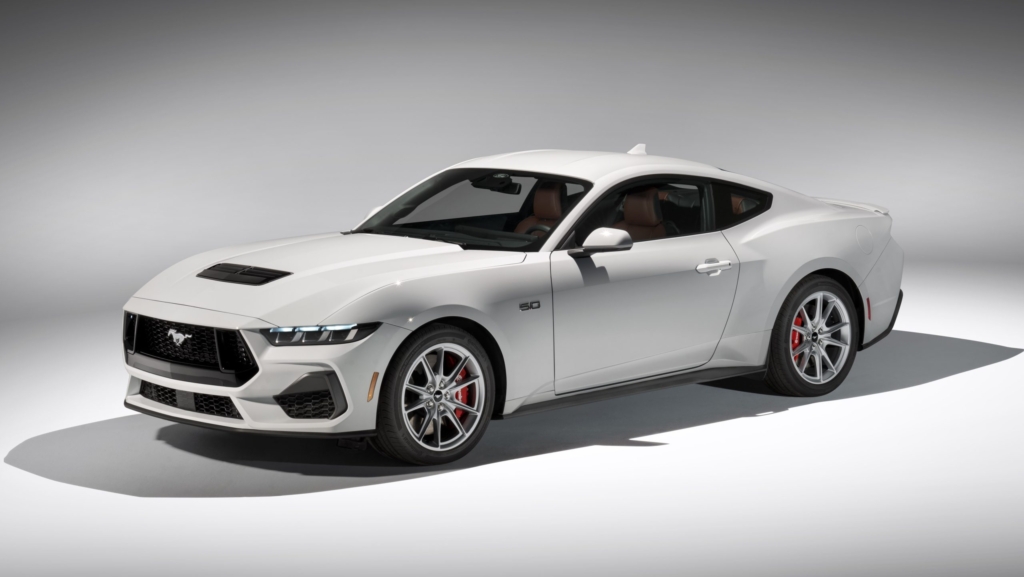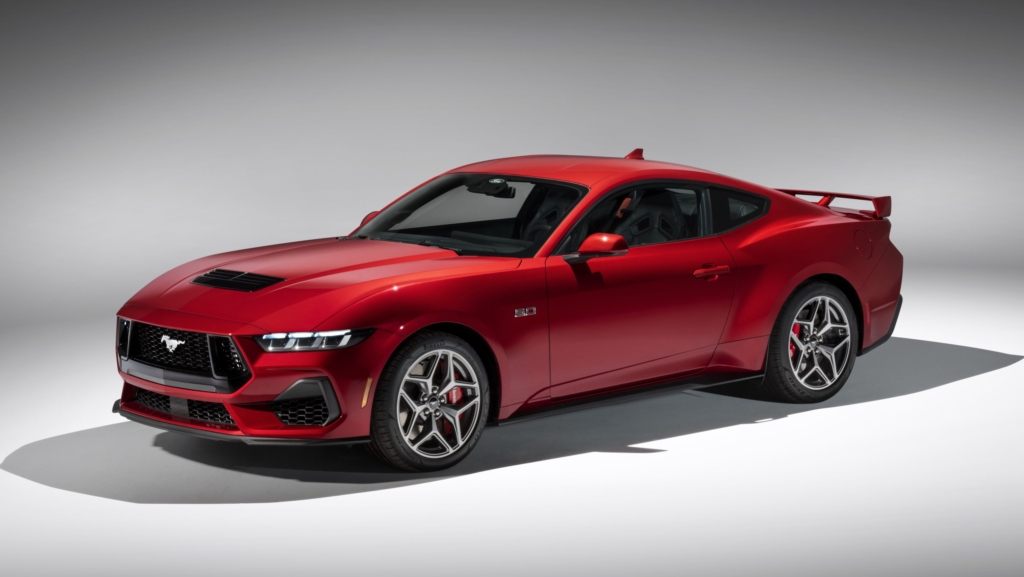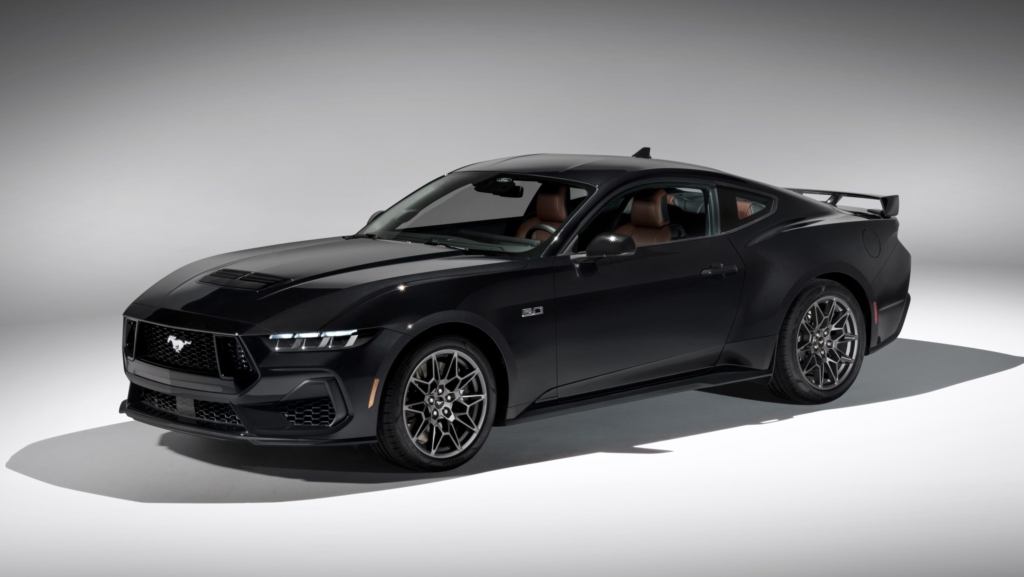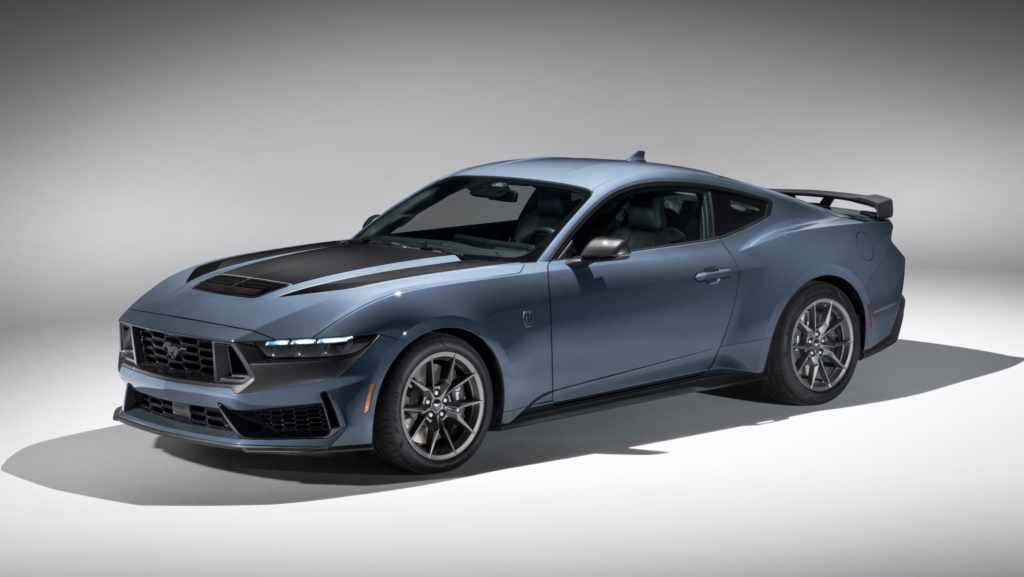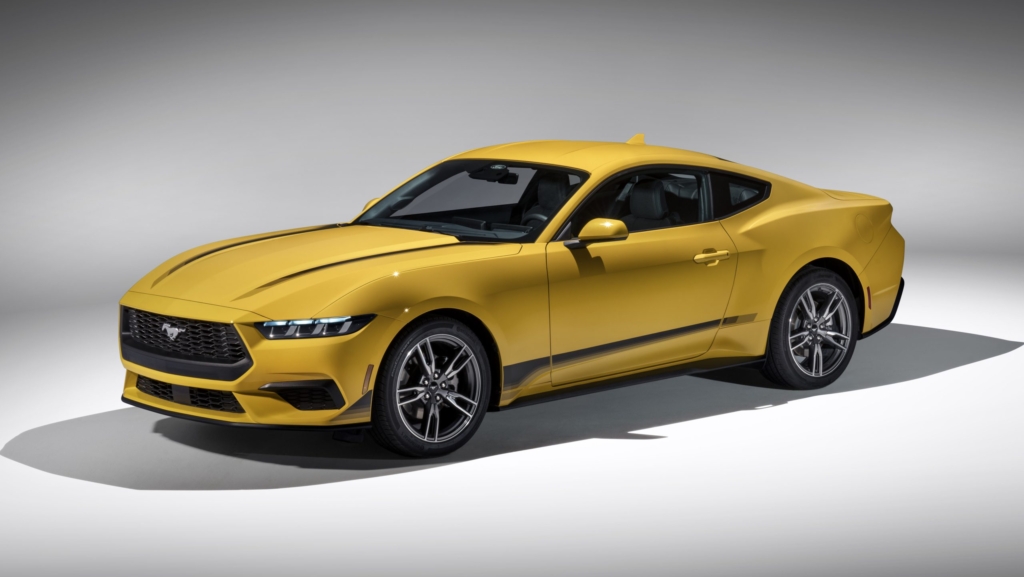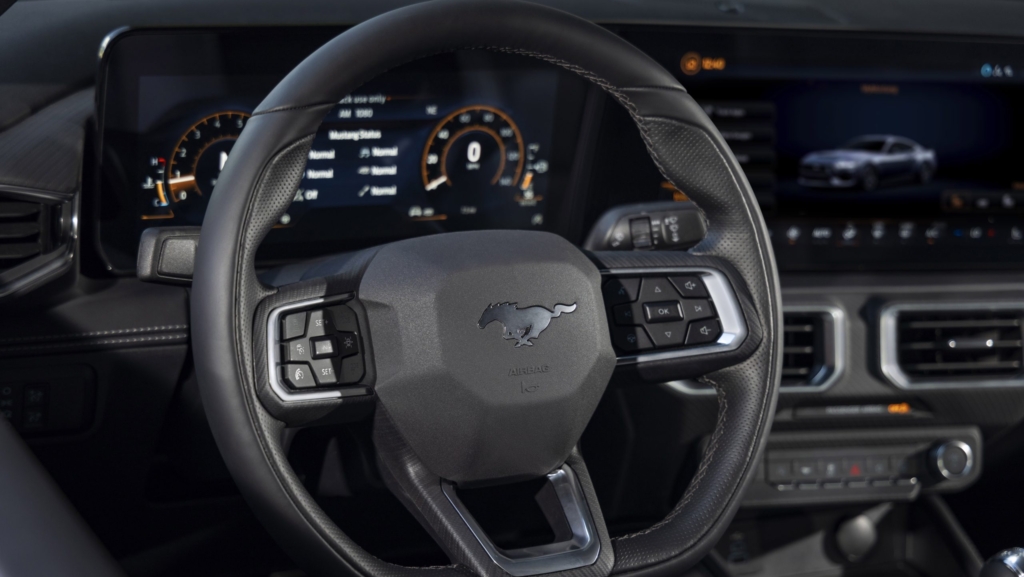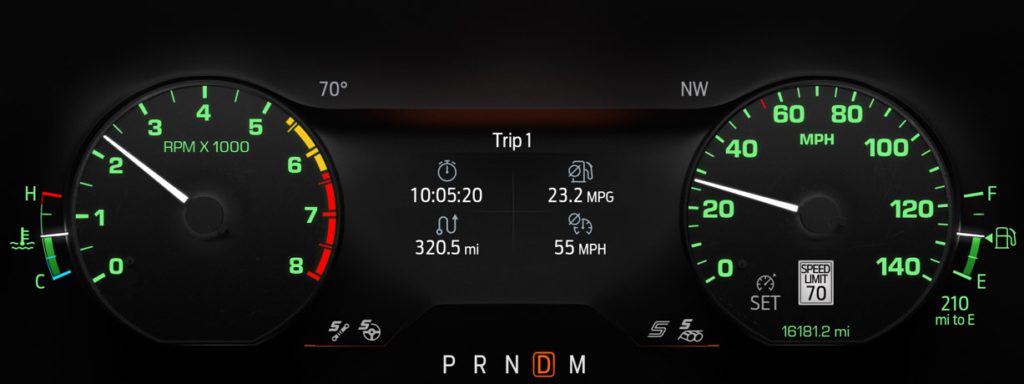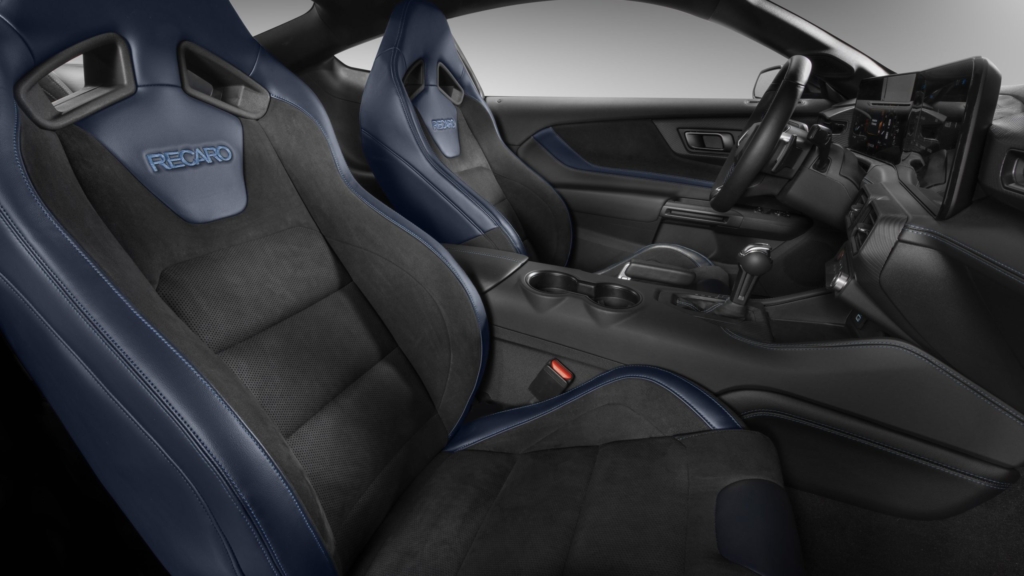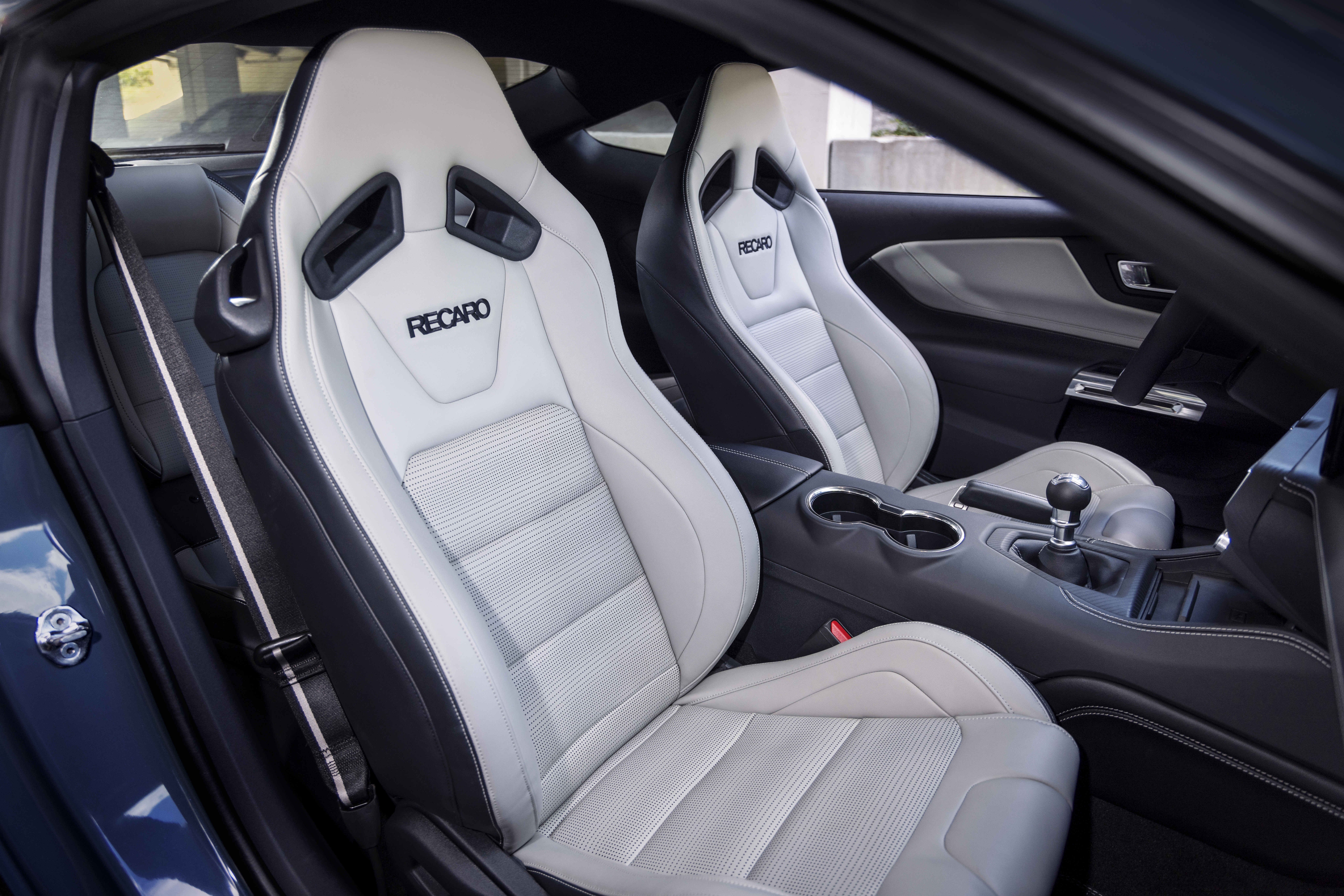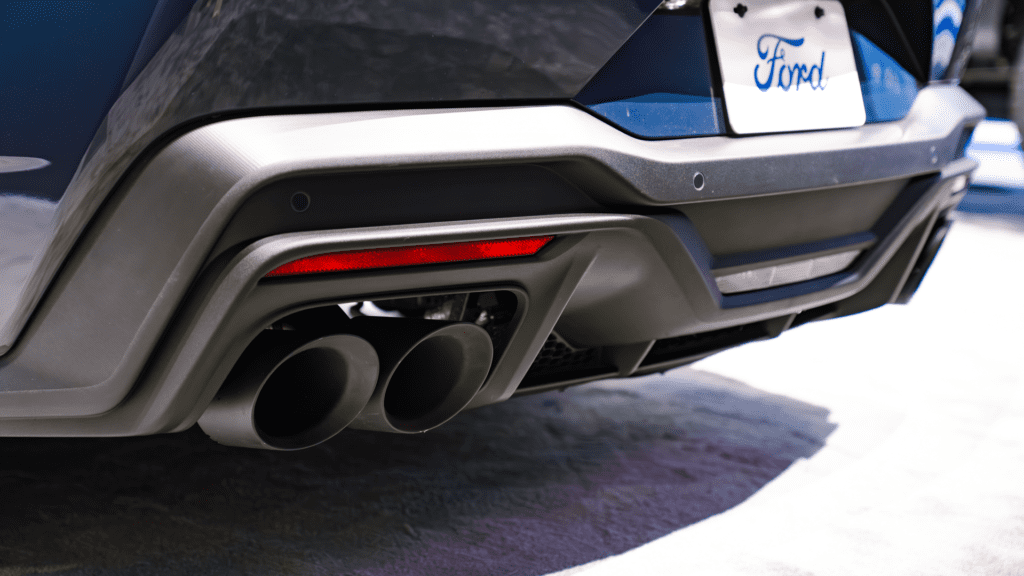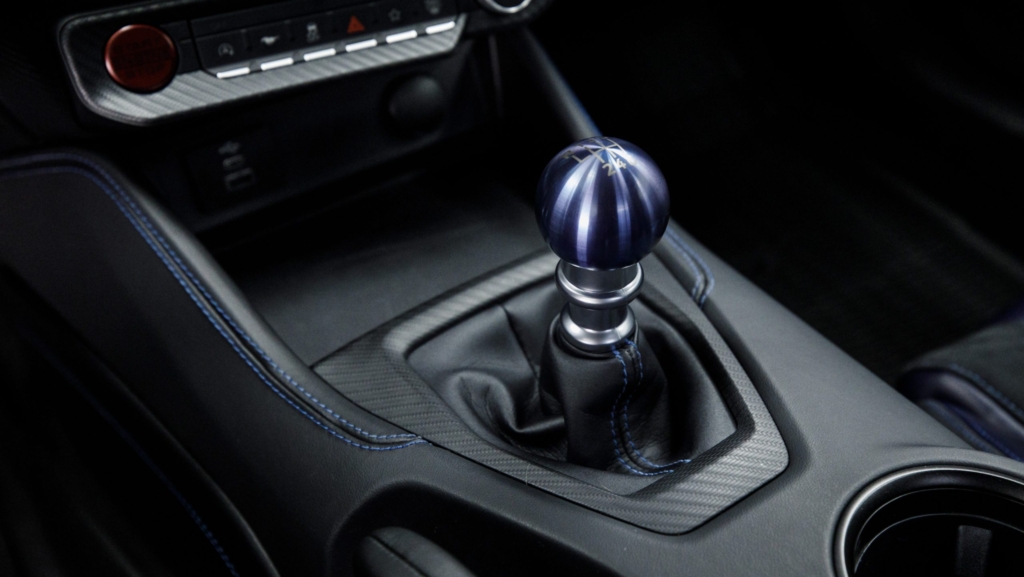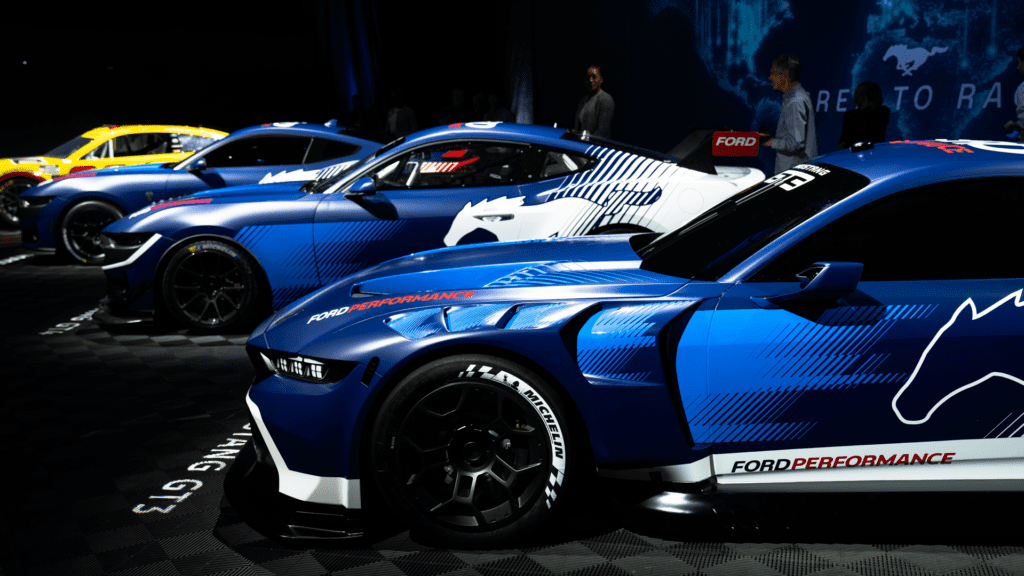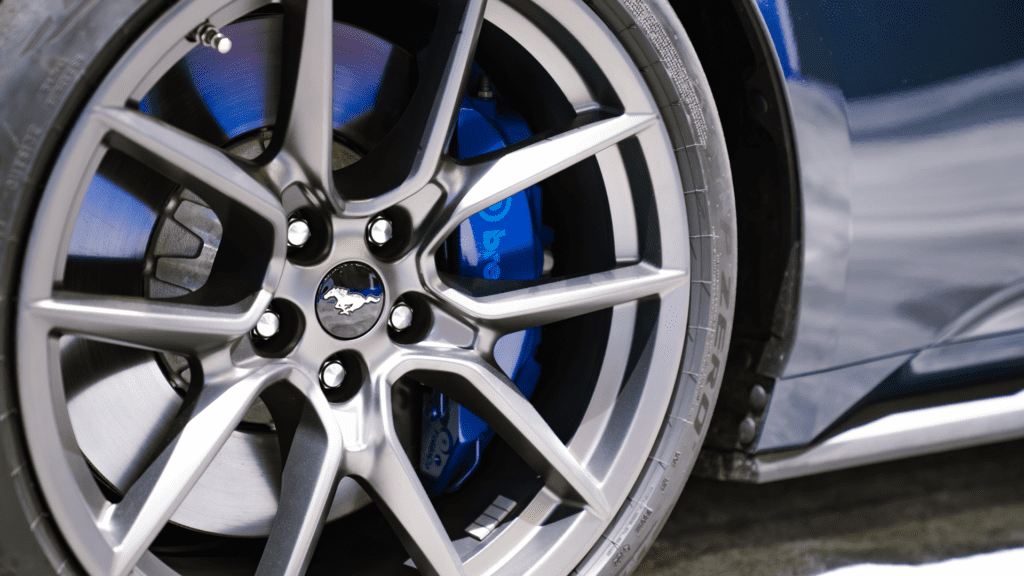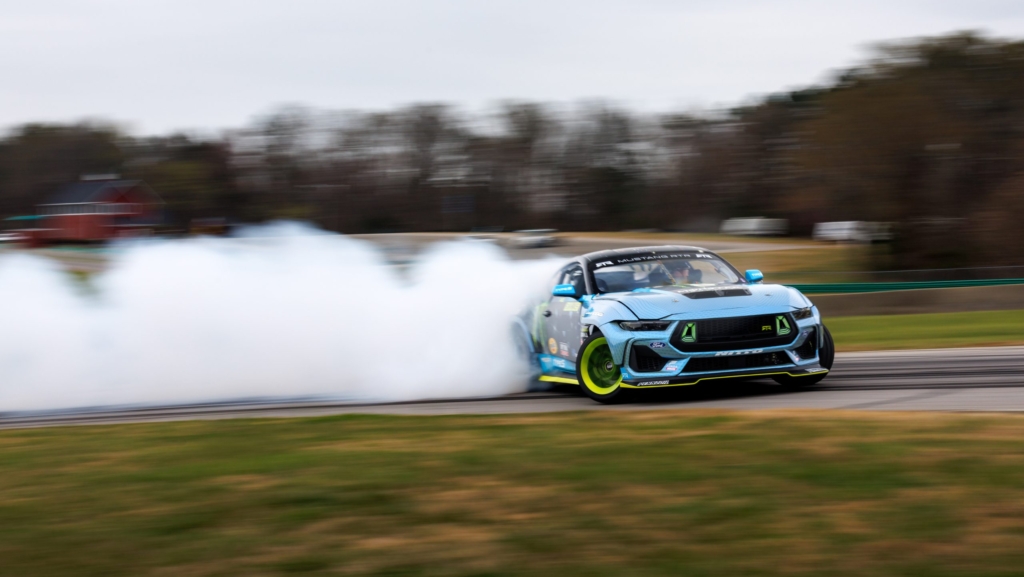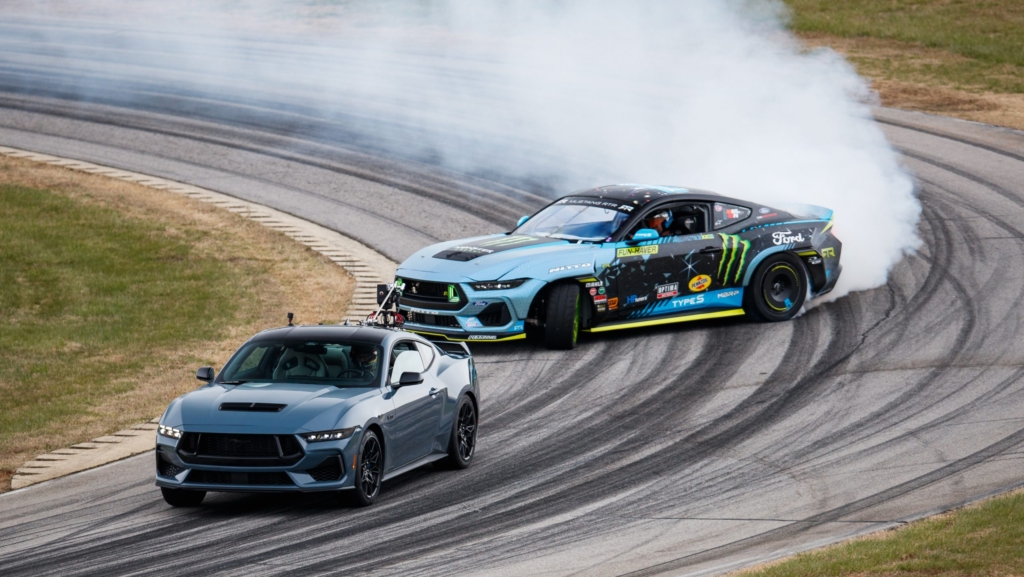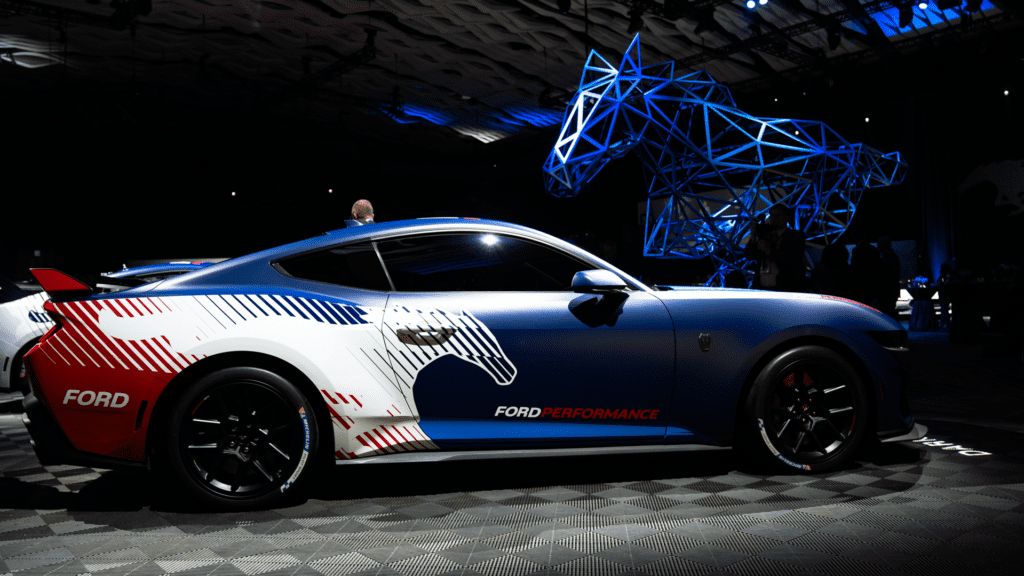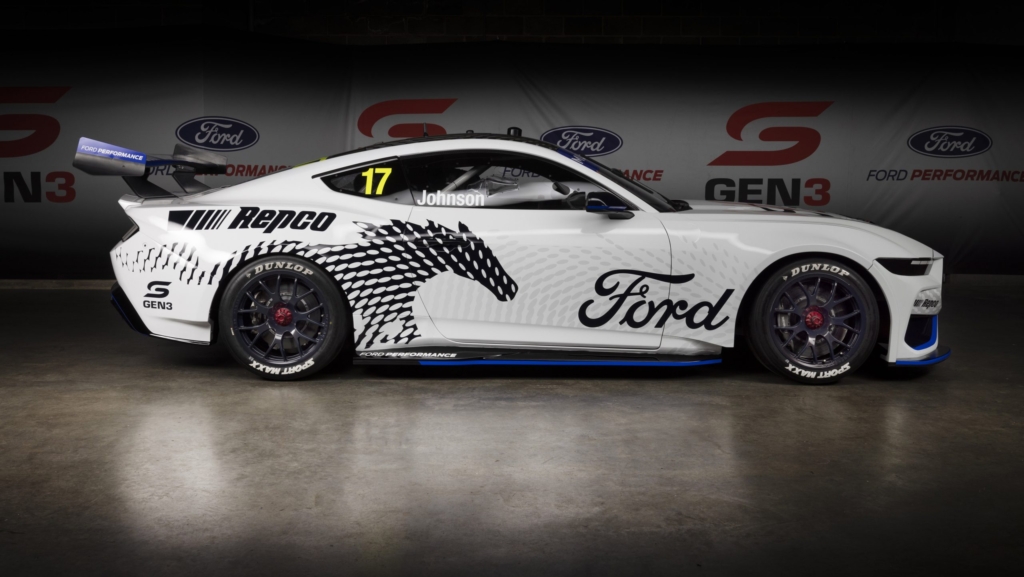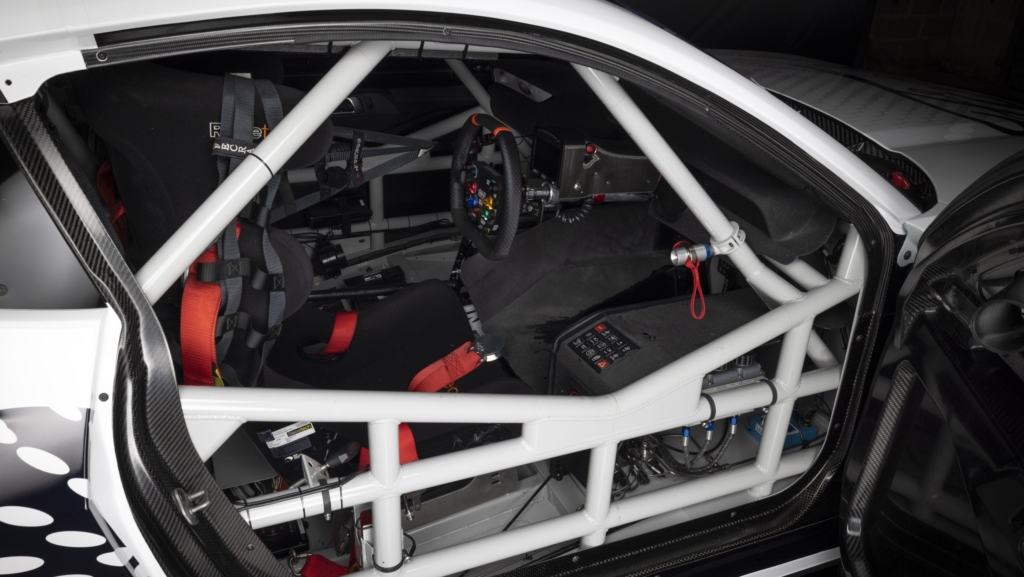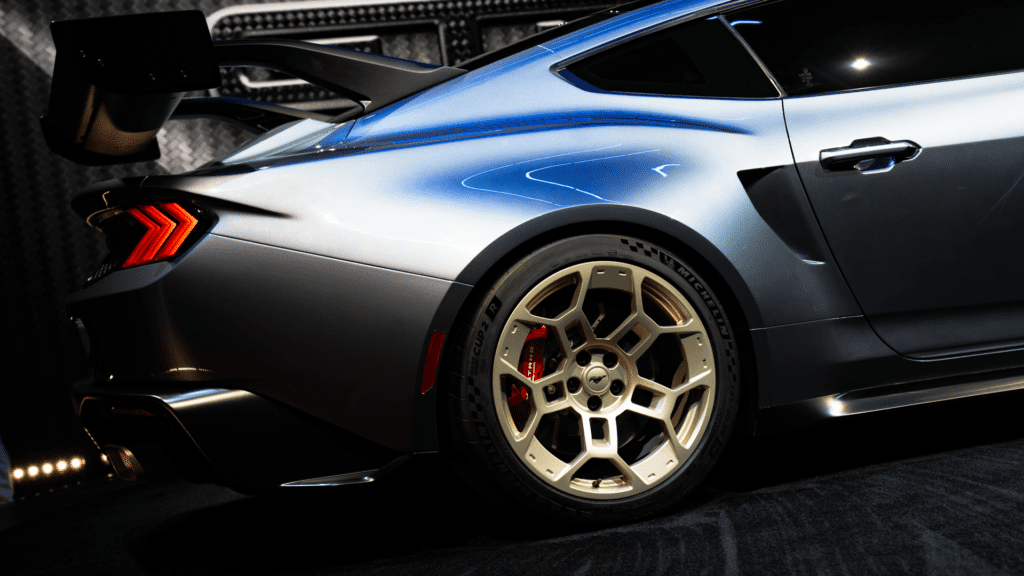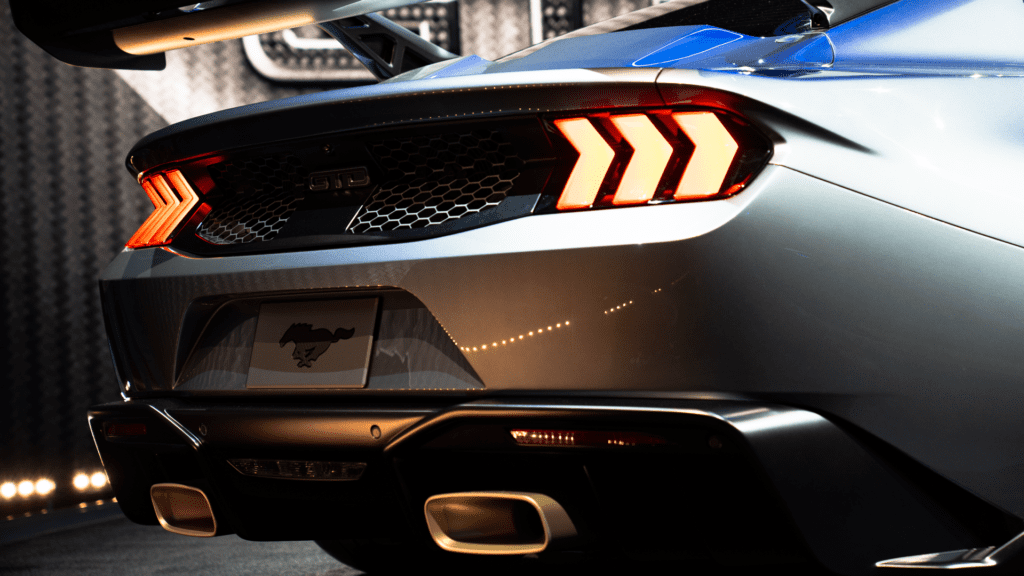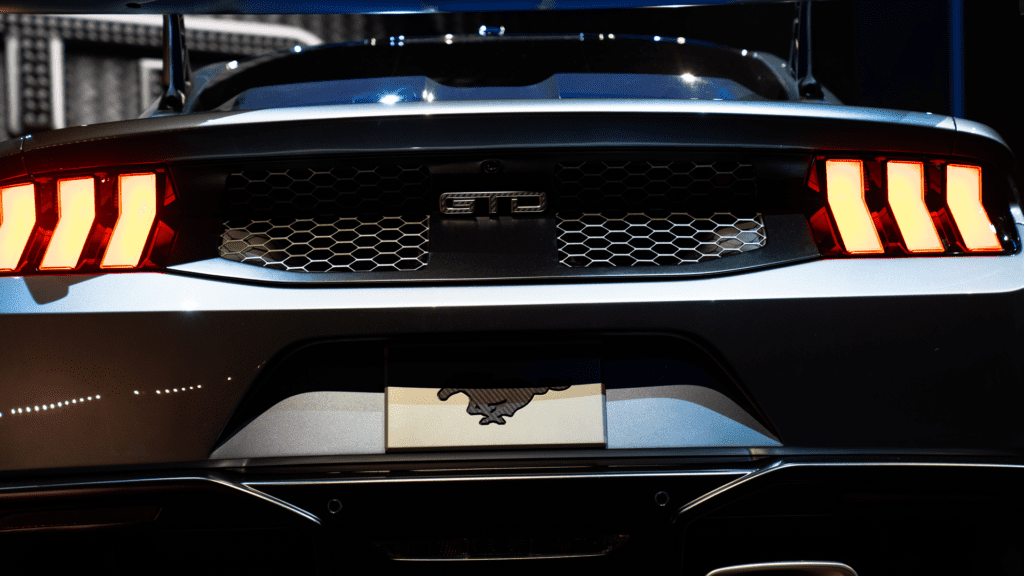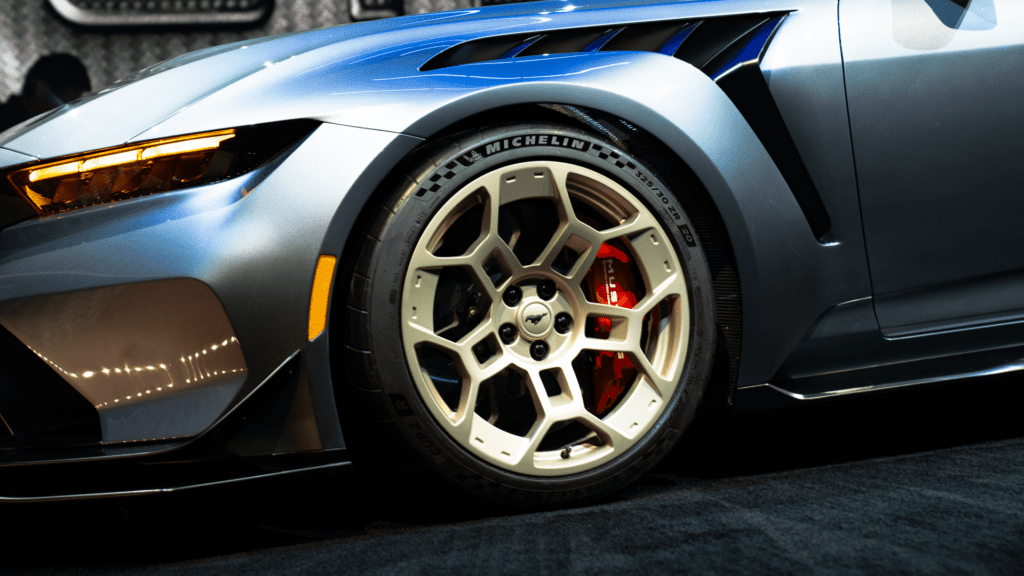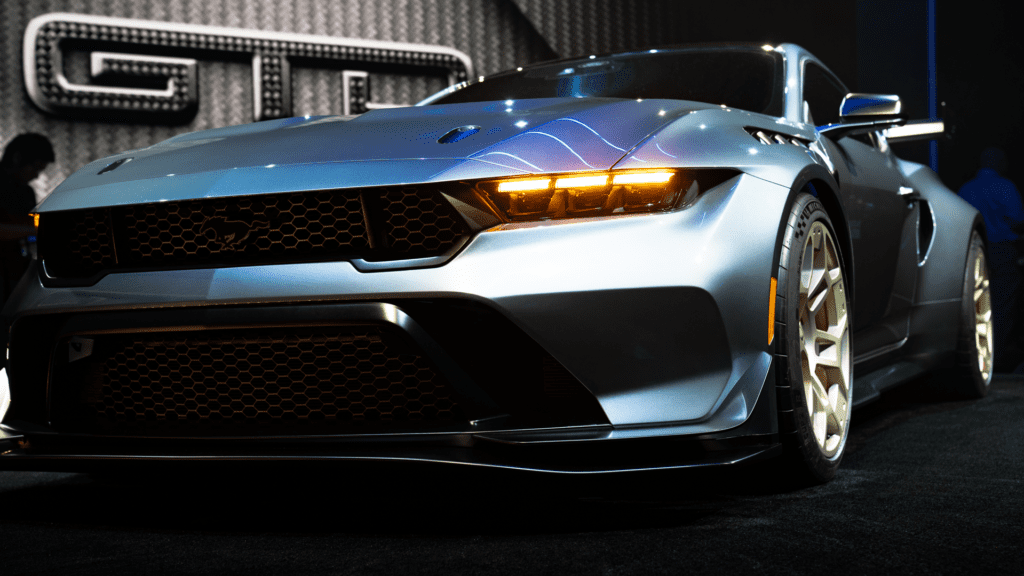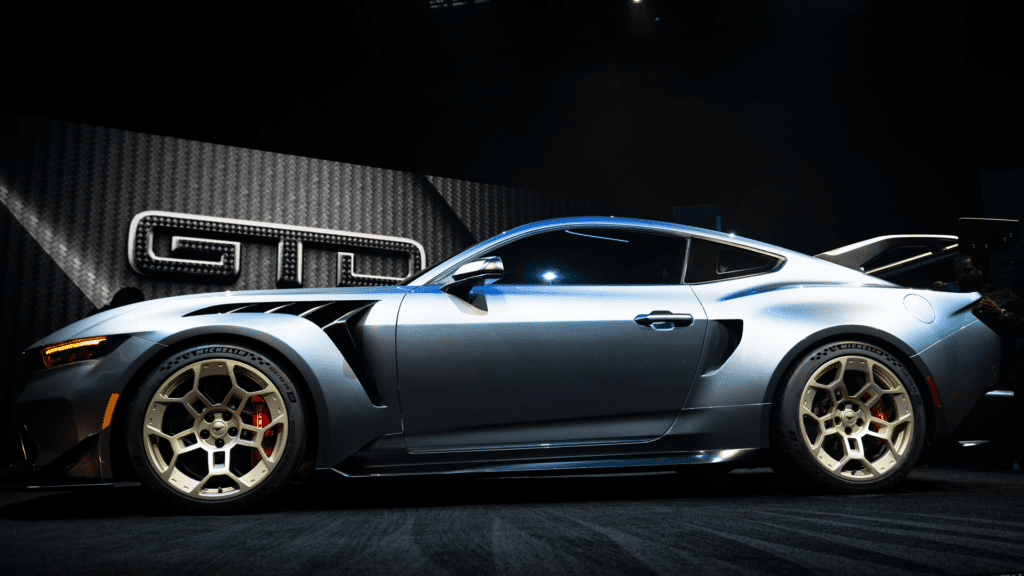These are the best cars we’ve driven
What qualifies a vehicle as being among the best? Is the best car the one with the ferocious powertrain, that zips from zero to sixty miles per hour in the shortest amount of time? Or is the best car the one that lasts the longest with the least amount of maintenance required? For some people, the best car is the one with the most luxurious interior, the highest towing capacity, or the roomiest cabin for the price. Because everyone has different criteria, rather than embarrass ourselves attempting to narrow a car recommendation for every type of person down to a tidy list of 10, we’ve chosen instead to please no one by telling you about the cars we feel are the best, based on our own experiences.
Sure, we’ve driven faster, more expensive, and more technologically advanced cars. But this is a consensus rooted in pure subjectiveness. It’s not about what cars we’ve driven were the most innovative or groundbreaking, and it certainly isn’t about the cars we found to be the most practical. This group show-and-tell by the Acceleramota team is all about which cars are nearest and dearest to our hearts after some time behind the wheel, no matter the length of the stint or the circumstance in which we drove them.
What’s the best car you’ve ever driven? Let us know in the comments.
Jeric Jaleco: Ford Mustang Shelby GT350
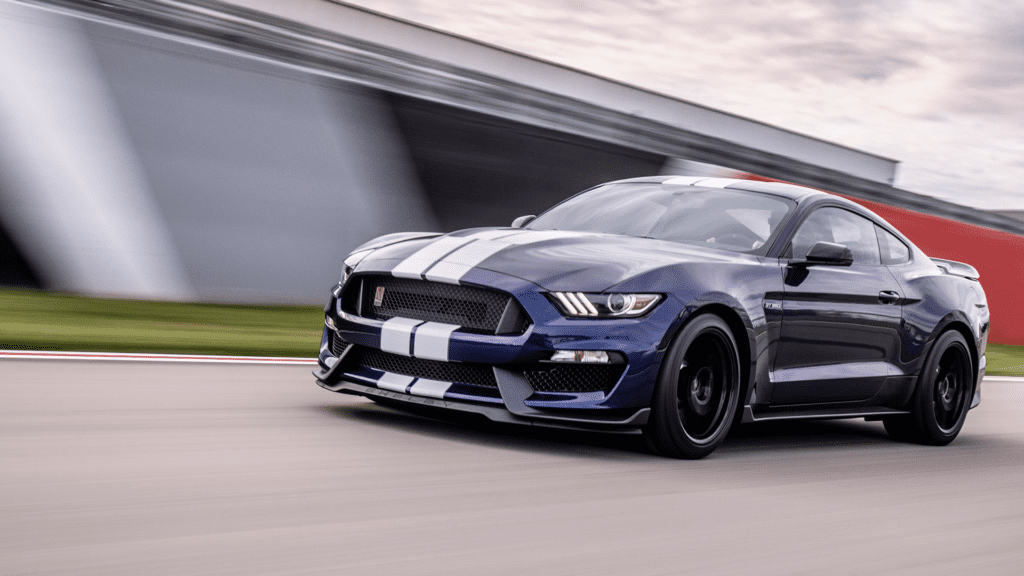
The market has seen its fair share of spectacular driver’s cars, but only once in a blue moon does one really scratch that itch. Or at least my itch for something catering to my mixed tastes, having coveted cars like the E92 BMW M3 and Shelby GT500. The Shelby GT350 is among that elite bunch and the perfect combination of their philosophies in my headcanon. And listen, I’m not one to incessantly bemoan the loss of purist machines from years past, but this glorified rental car proves they just don’t build sports cars like they used to and probably never will ever again.
The GT350 launched to widespread acclaim for pretty much being the second coming of Car Jesus. It snatched top spots in numerous comparisons, even placing second in Motor Trend’s Best Driver’s Car for two years, bested only by McLaren’s 570S and a 911 Carrera S. It’s far from the fastest muscle car at Woodward Avenue, but it’s certainly one of the most beloved sports cars of recent memory, and my time behind the wheel of a 2017 example from Turo of all places taught me why.
An all-natural V8 screaming to an 8,250-rpm redline, six-speed stick, and track-ready suspension? Yes, please! The precise, well-weighted steering and MagneRide suspension enable rapid direction changes evocative of cars hundreds of pounds lighter. The shifter delivers that just-right notchiness that’s snickety-snick-snick sensational, and the 526-horsepower 5.2-liter Voodoo will go down as one of the best engines of all time, oiling issues be damned! My time with the GT350 was limited to only a few days, but it easily proved its worth as one of the most intoxicatingly soulful modern cars on this side of a Ferrari and at a fraction of the price.
Gabe Carey: Chevrolet Corvette C8

Those familiar with me, whether from the Acceleramota Discord server or beyond, probably wouldn’t expect the Corvette to be among my top 50 cars, let alone my favorite. In part, that has to do with my affinity for European cars – not to mention my high tolerance for frequent trips to and from the shop in my 2018 Alfa Romeo Giulia Quadrifoglio. I’m also not 65 years old.
But this isn’t about my favorite car. It’s a list of the best cars we’ve driven, and I’ll tell you straight up, the Quadrifoglio is far from perfection. That’s not the case for the 2024 Corvette C8 I cruised around in with our Editor-in-Chief, Jeric Jaleco, during the LA Auto Show. The first night I took it back to my hotel after a long day of travel, despite suffering from a horrific hunger migraine, I felt so alive that I even went out of my way to take a detour. “Fun at any speed” is a basic principle I feel every sports car should abide by, and most don’t. At least not anymore.
The first generation of Chevy’s mid-engine Corvette, however, is an exception. What it lacks in a manual transmission, it more than makes up for in good ol’ fashioned fun factor. The paddle shifters are responsive, it hugs corners like a dream, and the two pedals it does have are harmonious with the input of the driver.
Given the intimate arrangement of the Android Automotive-powered infotainment system, video game-like drive mode controls, and the rest of the center stack, it’s like sitting in the cockpit of a luxurious racecar that’s just as comfy to drive on the road. It’s a grand tourer that out-grand tours the McLaren GT. Add to that the thunderous roar of a naturally aspirated V8 breathing down my shoulder, and you’ve got yourself a near-perfect sports car. Jeric will disagree, as he did on the podcast, but he’ll understand when he’s older.
Nathan Meyer: Volkswagen Golf GTI (Mk5)
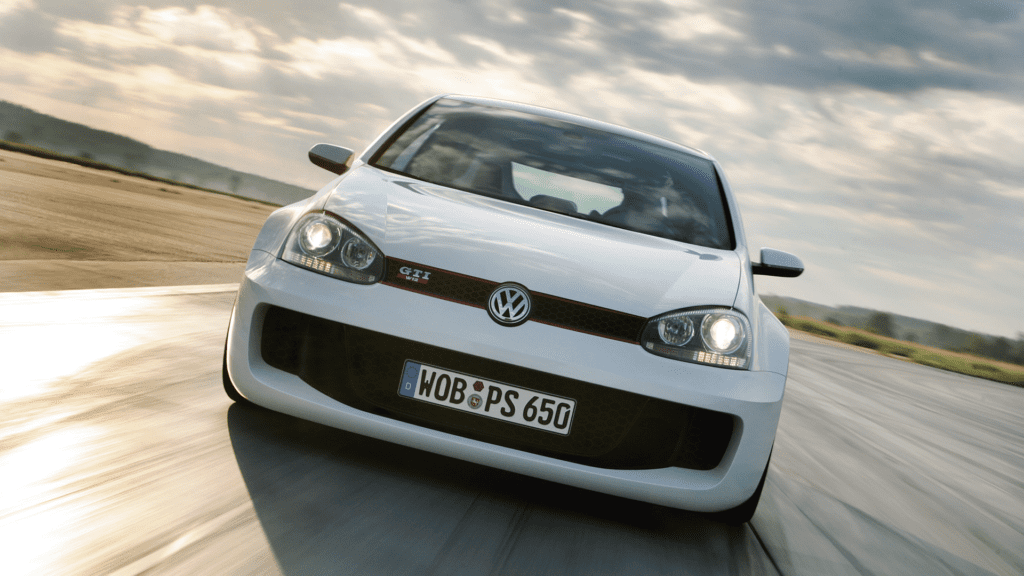
Fast, fun, and fantastic. Any VW fan will tell you that the Mk5 (pronounced mark-five) Golf GTI revived the nameplate and ushered in a new era of hot hatch.
As of 2023, it is an 18-year-old car, so it is not the fastest hatch. You’re bound to be disappointed if you compare it to a modern hot hatch. One thing this car has that even the Mk8 Golf GTI does not is fun in bucket-loads. Pulling away from a stoplight will give you the widest smile. You feel connected to the car through corners. Somehow, it does this while still providing insane practicality, so much practicality that even you can entrust your husband’s best friend to bring it back in one piece.
Sure, you will drive faster cars and experience more fun cars. But no car plays the Golf GTI’s role better than the Mk5 GTI. You can summon its power at any moment and take your daughter to ballet the next. It’s the duality of the Mk5 GTI that makes it one of the best cars to drive.
Sheilah Villari: Chevrolet Camaro (Gen 3)

It might be a bit nostalgic, but my favorite car will always be my first. It was so beautiful, and being handed down to me by my mom added an extra layer of specialness. My high school and most of my college car was a teal 1992 Chevrolet Camaro Rally Sport. My mom was a Camaro and Chevy enthusiast, and this was the sixth one she had owned. Growing up in a beach town, this was the perfect car to park near the waves, pile your friend into, and pull out all your gear. Even if the two-door and hatchback were a pain, she was a shiny gem in the hot southern sun.
The fact that I never got pulled over in this car was a miracle as well. Going around 100 on 95 was not hard. I barely did anything, and this glorious green missile would just glide. And while I did find it hard to see sometimes (being so low to the ground), it handled beautifully. The nights cruising with the windows down, the salty ocean air forced in, and seagulls serenading you on a coastal drive were absolute perfection.
There is something romantic about our fond memories in vehicles like this. They say you never forget your first, and I certainly won’t. I often think about trying to get that sparkly wonder back into my life, broadness and all.
Joe Tilleli: Mazda CX-5
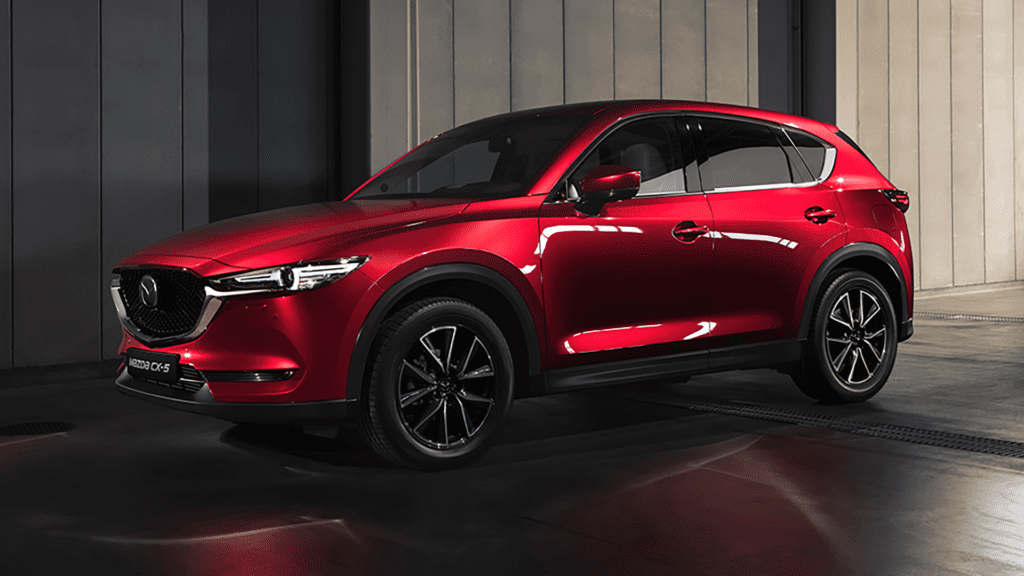
I’m a simple man. My first new car I leased was a 2015 Mazda CX-5. Comfortable, roomy enough for my needs, handling is great. It’s the perfect crossover vehicle.
When the lease was up after three years, I couldn’t be bothered to go shopping around. So what’d I do? I leased another Mazda CX-5 — the 2018 model this time. And what do you know, another three years blinked away like nothing. I can see the cycle I’m about to be in, so I broke free. I bought out the 2018 model. In hindsight, it would have been better to just finance it from the start but I didn’t account for my laziness to hop around from dealer to dealer in future years. I’m gonna be driving this Mazda CX-5 until it doesn’t drive anymore. Then I’ll probably get another Mazda CX-5.
Ural Garrett: Mazda RX-8

I wouldn’t get my driver’s license and first whip until my last semester at Southern University in Baton Rouge, Louisiana, but there hasn’t been a car that’s imprinted itself on me throughout my lifetime as the Mazda RX-8. As a kid growing up in Los Angeles who was a fan of both the Fast & Furious series and Need For Speed: Most Wanted, the best car I’ve ever driven will be my first car, which I dubbed “05Wankel.” The car fits my personality in so many ways: uniquely built, slightly problematic, but pure, unadulterated fun.
In 2009, there wasn’t a cooler feeling than blasting Teriyaki Boy’s “Tokyo Drift” as I shifted the six-speed manual and sped down the I-10. I can even vividly remember the first time I did burn out and parking lot donuts.
For a solid six years, the amount of money I spent on replacement tires and cans of motor oil could have definitely gone to the private student loan used to buy the car in the first place. The 255 horsepower allowed me to hit 60 mph in around six seconds, but the way that 9,000-rpm rev limit made my car scream was the real treat. Driving it years later around LA made me appreciate it even more.
Roger Feeley-Lussier: Mercedes Sprinter
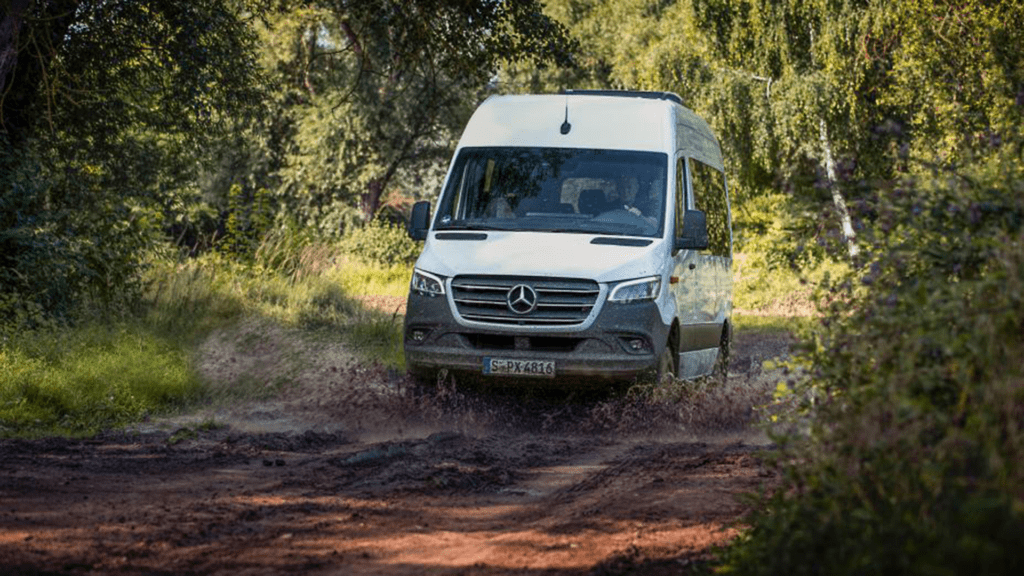
In my past life as an unpopular indie pop musician, I spent a lot of time in vans. My first band had a modified Dodge shuttle bus that kind of always felt like it was on the verge of exploding but looked good in our music video. It didn’t have air conditioning, and I’m sure it smelled strange, but it was home for a few years. By that, I mean we literally slept it in 90% of the nights we were on tour (hence the smell.) My next band toured with a Ford cargo van that we think had a past life as a Stanley Steemer fleet vehicle. The quarters were a little tighter, but fortunately, we didn’t sleep in it (unless absolutely necessary.)
On one of Pretty & Nice’s tours, I got a chance to drive a Sprinter van. It belonged to Bobby Burg, a member of the midwestern indie outfit Joan of Arc, as well as dozens of other projects. I can’t remember how it happened, but one day, Bobby, who was touring solo, invited a couple of us to ride with him for the drive across Indiana. He let each of us take a shift, and I don’t even know how to describe the sensation of driving a Sprinter for the first time.
You feel like you’re on a cloud. You’re very high up but also somehow very close to the road. It corners and accelerates like a much smaller vehicle. The entire time you’re driving a Sprinter, you forget how massive the vehicle you’re piloting is – but it never feels unwieldy (like a box truck.) It’s almost a miracle of engineering.
In my post-touring life, I briefly worked as a rebalancer for Hubway, the Boston bikeshare program. There were (I think) 8 Sprinters in the fleet, and even the “bad one” was so much better than my band’s van that it felt like a dream every time I turned the key. And I haven’t even touched on the most important thing about Sprinters: they can be whatever you need them to be. I’ve seen them modded into campers, offroad vehicles, mobile disaster response vehicles, and more.
Sure, it’s not a Maybach, but you can’t put very many drumsets into a Maybach.

